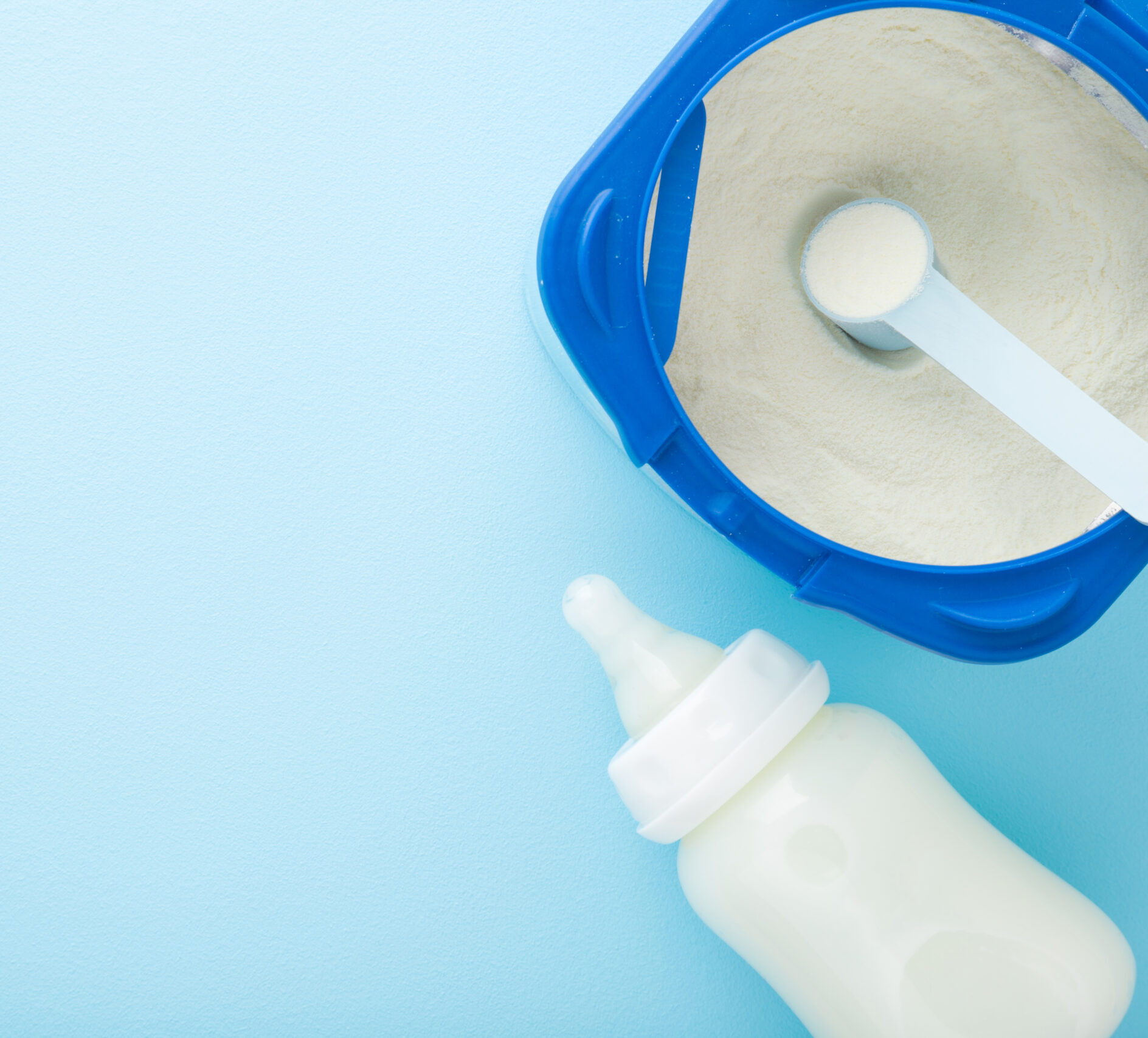Preserve your milk powder during transportation. Big Bags: “Challenge accepted!”
Like superheroes, we all have our own personal kryptonite to face… but unfortunately, the dairy powder is burdened with more than just one adversary.
Temperature, humidity, light exposure, and oxygen are the four factors that can impact the quality of milk powder during storage and transportation, compromising its nutritional value, color, and flavor.
Big bags, also known as Flexible Intermediate Bulk Containers (FIBCs), can take on the challenge of adequately storing milk powder while maintaining its freshness and shelf life.

Safety First: The stringent regulation of milk powder in infant formula
We spoke with Tim De Winter, Managing Director of Masterpack, a Dutch company specializing in creating FIBCs in combination with Modified Atmosphere.
“The implementation of BRC certifications and adherence to ISO 10,000 clean room standards is essential to minimize the risk of contamination and guarantee the safety and quality of milk powder throughout its journey,” says Tim.
FIBCs come with a liner that protects milk powder from any type of contamination. The fabrics and materials used for the liner undergo migration tests to prevent harmful substances from entering the powder during transportation.
“Our FIBCs are tested worldwide, including the EU, US, Japanese, and Chinese markets. By meeting the standards of these four major markets, we cover about 99% of the required tests. This means we can deliver to the rest of the world, including South America and Russia, where most tests are already covered,” explains Tim.
Ensure the shelf life during long-distance travel
Milk powder is hygroscopic, meaning it readily absorbs moisture from its surroundings and is sensitive to temperature and oxygen.
“Modified atmosphere big bags prevent powder degradation during long-distance transport. To preserve quality and prevent clumping, humidity must stay below 65%, while oxygen levels must be kept under 4% to maintain taste, flavor, texture, and prevent discoloration” continues Tim.
FIBCs are equipped with a UV stabilizer that prevents the bag from breaking down when exposed to light.
“Destination country determines the liner color – black or blue – based on the country’s sunlight exposure. It’s different if you ship your bag to the Middle East or the Netherlands,” claims Tim.
Reducing food waste in transport by 50% with recyclable bags and oxygen monitoring
Masterpack leads the fight against food waste. With non-invasive sensor technology on the big bag, Masterpack monitors oxygen levels during transportation by protecting and preserving milk powder. This could reduce food waste by more than 50% in the supply chain, as 30-40% of all food generally goes to waste.
Big bags are also made of 100% recyclable polypropylene. The challenge, though, lies in the liner’s recycling difficulty due to PA and EVOH layers.
“We are actively working on developing a greener liner. The concept involves removing the PA layer and utilizing PE while retaining the EVOH layer, which constitutes less than 5% of the material,” concludes Tim.
This approach leads to the creation of a sustainable film. Be prepared because the market launch of sustainable film is just around the corner!
